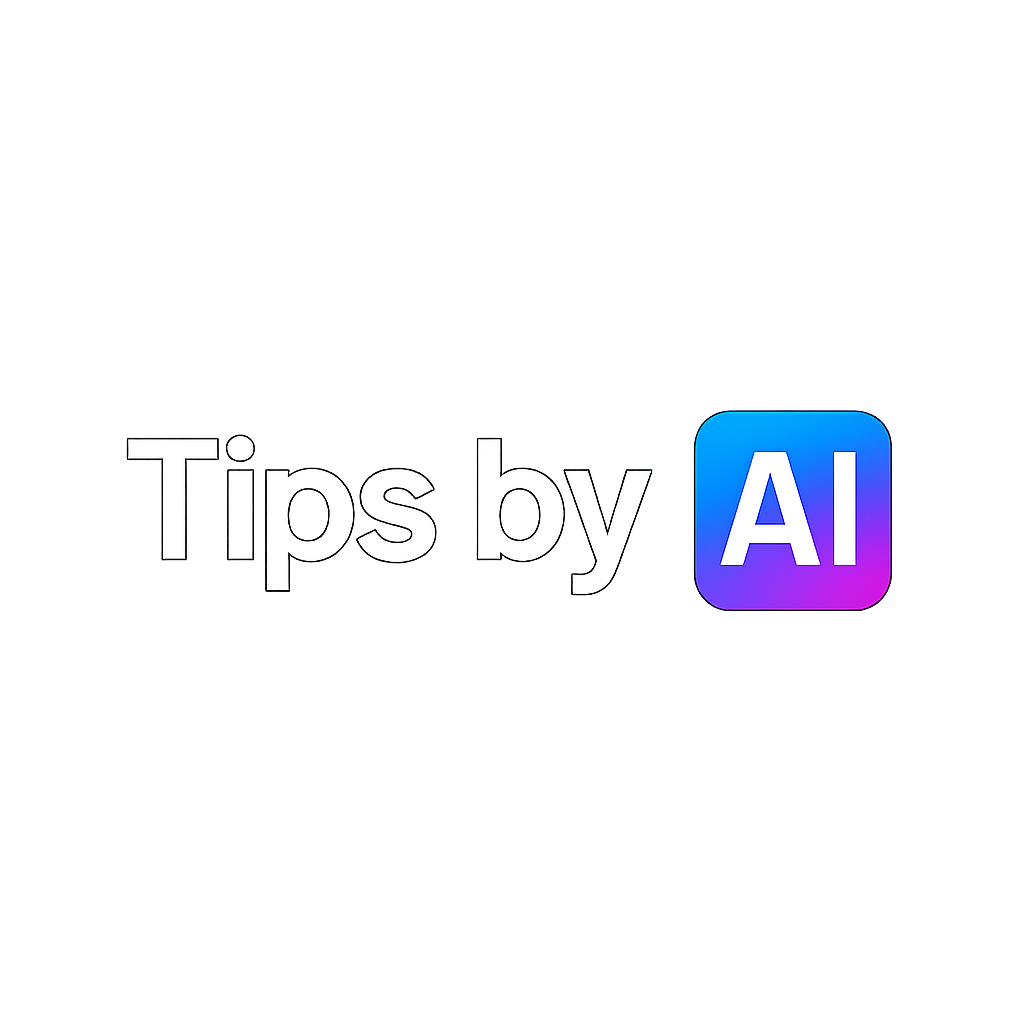How AI is here to help and not to take your jobs
How AI is here to help and not to take your jobs Artificial intelligence (AI) has rapidly transitioned from science fiction to a tangible reality, permeating various aspects of our lives and workplaces. This technological leap has understandably sparked anxieties about job displacement, with many...

How AI is here to help and not to take your jobs
Artificial intelligence (AI) has rapidly transitioned from science fiction to a tangible reality, permeating various aspects of our lives and workplaces. This technological leap has understandably sparked anxieties about job displacement, with many fearing that AI will render human skills obsolete. However, the narrative of AI as a job-stealing monster is largely a misconception. Instead, a more accurate and constructive perspective is to view AI as a powerful tool designed to augment human capabilities, create new opportunities, and reshape the future of work in a beneficial way. This article aims to debunk the myths surrounding AI and job security, highlighting why AI doesn't want your job, and how it's poised to be a collaborator, not a competitor.

1. AI: A Tool, Not a Usurper - Understanding the Core Functionality

To understand why AI isn't inherently designed to take jobs, it's crucial to grasp its core functionality. AI, in its essence, is a sophisticated set of algorithms and models designed to perform specific tasks. These tasks typically involve analyzing large datasets, identifying patterns, making predictions, and automating repetitive processes. Think of AI as an advanced calculator or a highly efficient assistant – it excels at processing information and executing instructions, but it lacks the inherent drive, creativity, and critical thinking that define human intelligence.
AI systems are trained on vast amounts of data to perform specific functions. For example, a machine learning model might be trained to identify fraudulent transactions, diagnose medical conditions based on imaging, or optimize supply chain logistics. The ability of AI to perform these tasks with speed and accuracy is impressive, but it's important to remember that it operates within the parameters defined by its programming and training data.
The critical point here is that AI is a tool, not an autonomous entity with its own ambitions. It requires human input to define its objectives, curate its training data, and interpret its outputs. Without human direction, AI is simply a collection of algorithms waiting for instructions. Therefore, the fear that AI will spontaneously decide to usurp human roles is unfounded. It's designed to assist, not replace.
Consider the example of robotic process automation (RPA) in accounting. RPA can automate tasks like data entry, reconciliation, and invoice processing, freeing up accountants from tedious and time-consuming work. Instead of replacing accountants, RPA allows them to focus on higher-level tasks such as financial analysis, strategic planning, and client relationship management. This illustrates how AI tools augment human capabilities, enabling professionals to perform more valuable and fulfilling work.
2. The Limits of Automation: What AI Can't Replicate

While AI excels at automating repetitive and data-driven tasks, it falls short in areas that require uniquely human skills. These limitations are crucial to understanding why AI won't completely replace human workers.
- Creativity and Innovation: AI can generate content and designs based on existing patterns, but it struggles to produce truly original and innovative ideas. Human creativity involves intuition, imagination, and the ability to connect seemingly disparate concepts – qualities that are difficult to replicate in an algorithm. Consider the process of designing a new advertising campaign. While AI can analyze market trends and consumer preferences, the spark of a truly memorable and impactful campaign often comes from human creative insight.
- Critical Thinking and Problem-Solving: AI can analyze data and identify potential solutions, but it lacks the nuanced judgment and critical thinking skills necessary to address complex and ambiguous problems. Human problem-solving involves considering ethical implications, weighing competing priorities, and making decisions in the face of uncertainty – abilities that require a deep understanding of context and human values. For example, a doctor using AI to diagnose a patient still needs to apply their clinical judgment and experience to interpret the results and formulate a treatment plan that considers the patient's individual circumstances.
- Emotional Intelligence and Empathy: AI struggles to understand and respond to human emotions. Emotional intelligence, empathy, and the ability to build rapport are essential for effective communication, collaboration, and customer service. Jobs that require these skills, such as counseling, social work, and management, are unlikely to be fully automated. Building trust and understanding between humans is a complex process that AI is currently unable to effectively replicate.
- Adaptability and Flexibility: AI is typically designed for specific tasks and struggles to adapt to unexpected situations or changing environments. Humans, on the other hand, are highly adaptable and can quickly learn new skills and adjust to changing circumstances. This adaptability is crucial in dynamic workplaces where job roles and responsibilities are constantly evolving. Think about a customer service representative who needs to handle unexpected customer inquiries or resolve complex issues. They need to adapt and think on their feet, drawing on a range of skills and knowledge that AI currently lacks.
These limitations highlight the importance of human skills in the age of AI. While AI can automate certain tasks, it cannot replace the uniquely human qualities that drive innovation, creativity, and meaningful interactions.
3. AI Creates New Jobs: The Shifting Landscape of Work
While some jobs may be automated by AI, it's important to recognize that AI also creates new jobs and opportunities. The advent of AI is reshaping the labor market, leading to the emergence of new roles that require specialized skills in areas such as AI development, data science, and AI ethics.
- AI Development and Engineering: The development and maintenance of AI systems require skilled professionals with expertise in areas such as machine learning, natural language processing, and computer vision. These roles include AI engineers, data scientists, and machine learning specialists who are responsible for designing, building, and deploying AI models.
- Data Science and Analytics: AI relies on vast amounts of data to learn and make predictions. Data scientists are responsible for collecting, cleaning, and analyzing this data to extract valuable insights and train AI models. The demand for data scientists is rapidly growing as organizations increasingly rely on data-driven decision-making.
- AI Ethics and Governance: As AI becomes more prevalent, it's crucial to address ethical concerns related to bias, fairness, and transparency. AI ethics specialists are responsible for developing guidelines and policies to ensure that AI systems are used responsibly and ethically. This is a growing field with a high demand for professionals who can navigate the complex ethical challenges posed by AI.
- AI Training and Education: As AI becomes integrated into various industries, there is a growing need for professionals who can train and educate others on how to use AI tools and technologies. This includes trainers, educators, and consultants who can help individuals and organizations adopt AI effectively.
- "AI-Augmented" Roles: Many existing roles are being transformed by AI, requiring professionals to develop new skills to work alongside AI systems. For example, marketers need to understand how to use AI-powered tools to analyze customer data and personalize marketing campaigns. Doctors need to learn how to interpret AI-generated diagnoses and integrate them into their clinical practice.
The creation of these new jobs demonstrates that AI is not simply about job displacement; it's about a shift in the skills and knowledge required in the workforce. By investing in education and training programs that focus on AI-related skills, individuals can prepare themselves for the jobs of the future.
4. Collaboration is Key: The Future of Human-AI Partnership
The most promising future of work involves a collaborative partnership between humans and AI. Instead of viewing AI as a replacement for human workers, it's more accurate to see it as a tool that can augment human capabilities and enable us to achieve more than we could alone.
In this collaborative model, humans and AI work together, leveraging their respective strengths to achieve common goals. AI can handle repetitive and data-intensive tasks, freeing up humans to focus on more creative, strategic, and interpersonal aspects of their work.
- AI as an Assistant: AI can act as a virtual assistant, handling administrative tasks, scheduling appointments, and providing quick access to information. This allows humans to focus on more important tasks that require their attention.
- AI as a Co-Pilot: In fields like aviation and medicine, AI can act as a co-pilot, providing real-time data analysis, decision support, and risk assessment. This helps humans make better decisions and avoid errors.
- AI as a Creative Partner: AI can be used to generate ideas, explore different design options, and provide feedback on creative projects. This can help humans push the boundaries of creativity and innovation.
This collaborative approach requires a shift in mindset, from viewing AI as a threat to embracing it as a powerful tool that can enhance human productivity and creativity. By focusing on how humans and AI can work together, we can unlock new levels of efficiency, innovation, and job satisfaction.
5. Focus on Your Strengths: How to Thrive in the Age of AI
To thrive in the age of AI, it's essential to focus on developing skills that complement AI's capabilities. This involves identifying your unique strengths and focusing on areas where humans excel, such as creativity, critical thinking, and emotional intelligence.
- Develop "Soft Skills": As AI automates routine tasks, soft skills such as communication, collaboration, and problem-solving become even more valuable. Invest in developing these skills to enhance your ability to work effectively with others and adapt to changing circumstances.
- Embrace Lifelong Learning: The skills required in the workforce are constantly evolving, so it's crucial to embrace lifelong learning. Stay up-to-date on the latest trends in AI and technology, and be willing to learn new skills to remain relevant in the job market.
- Focus on Creativity and Innovation: AI can automate many tasks, but it cannot replicate human creativity and innovation. Focus on developing your creative skills and finding new ways to solve problems and generate ideas.
- Cultivate Emotional Intelligence: Emotional intelligence is essential for building relationships, understanding others' perspectives, and resolving conflicts. Develop your emotional intelligence to enhance your ability to connect with others and build strong teams.
- Become an AI "Translator": As AI becomes more prevalent, there is a growing need for professionals who can bridge the gap between technical experts and non-technical stakeholders. Develop your ability to communicate complex AI concepts in a clear and understandable way to help others understand and adopt AI effectively.
By focusing on these skills, you can position yourself for success in the age of AI and ensure that you remain a valuable asset in the workforce.
Conclusion
The narrative of AI stealing jobs is a significant oversimplification. AI is fundamentally a tool, designed to augment human capabilities, not replace them. Its limitations in areas like creativity, critical thinking, and emotional intelligence ensure that human skills will remain essential. Furthermore, AI is creating new jobs and opportunities, reshaping the labor market in ways that require specialized skills and knowledge.
The future of work lies in collaboration between humans and AI, where each

